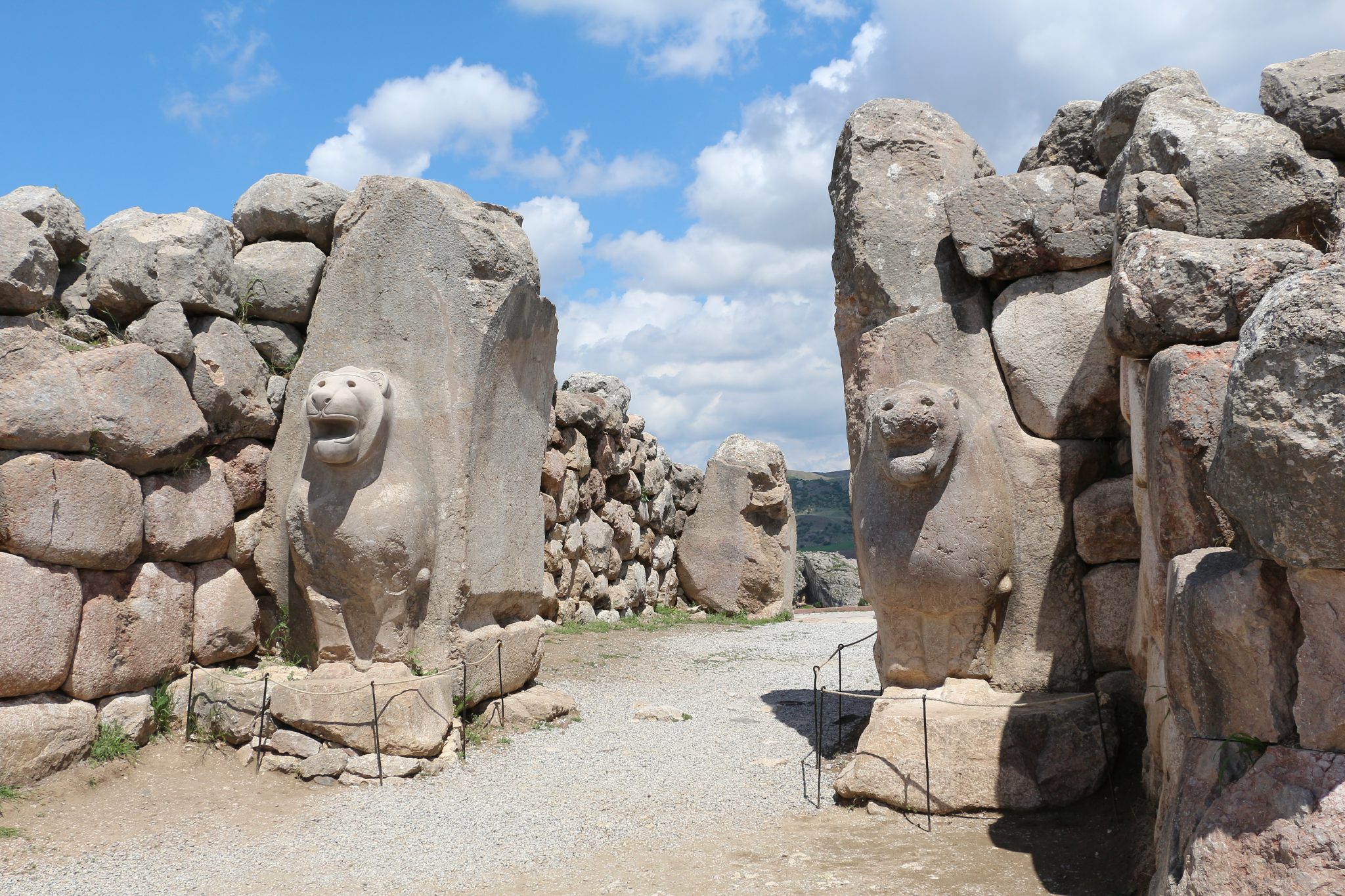How Global Heritage Fund Saves Cultural Treasures
Since its founding in 2002, Global Heritage Fund has protected, preserved and sustained the most significant and endangered cultural heritage sites in the developing world. Focusing its efforts on preservation and responsible development of the most important and endangered global heritage sites, Global Heritage Fund selects projects using the strictest criteria. In this exclusive interview, James Blake Wiener of Ancient History Encyclopedia (AHE) speaks to Mr. Stefaan Poortman, Executive Director at Global Heritage Fund, about the importance of cultural heritage in addition to what Global Heritage Fund has done to save the world’s cultural treasures. JW: Mr. Stefaan Poortman, welcome to AHE! Our interview comes at a time when archaeological and cultural heritage sites are in peril or destroyed in nearly every corner of the world, so I thank you so much for your willingness to speak with me. In your words, could you tell us why cultural heritage and major archaeological sites merit protection as well as higher awareness among the public? SP: The impact of cultural heritage on civil society is exponential, it …


